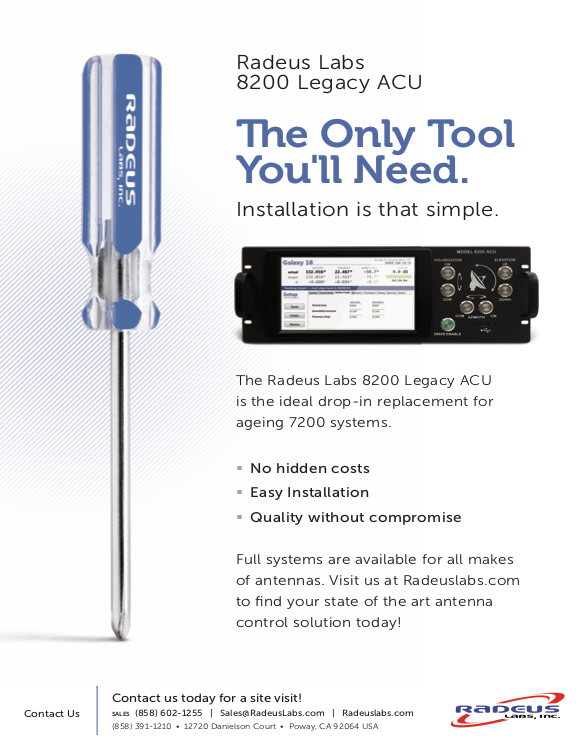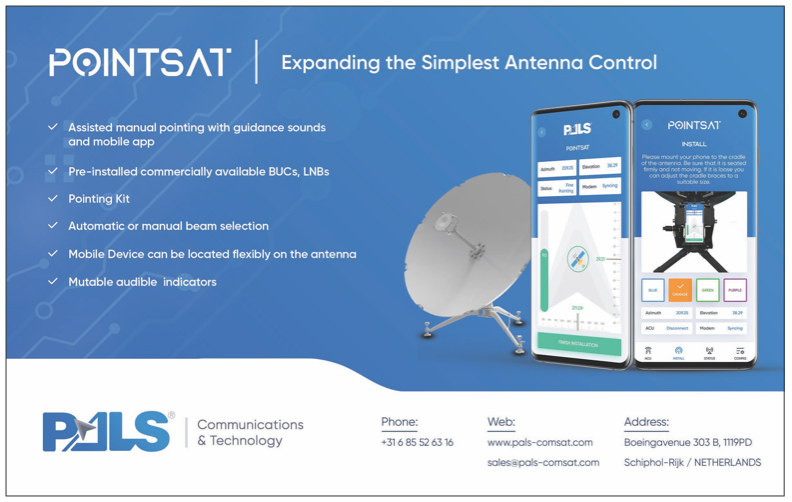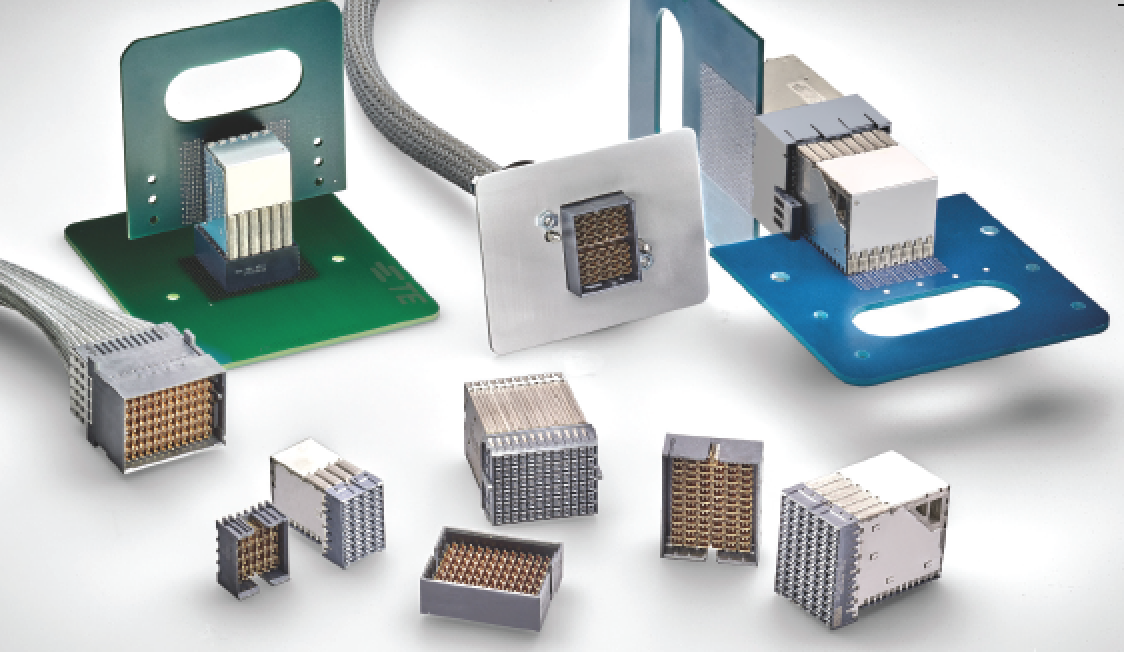Robust, lightweight, high-performance interconnects, sensors, fiber optics, and ruggedized commercial-off-the-shelf (COTS) components enable electronics in LEO-satellite projects that seemed too costly just a few years ago.
The future of commercial voice and data communications beamed from Low Earth Orbit (LEO) satellites looks brighter than ever, thanks to major investments by many ambitious space companies.
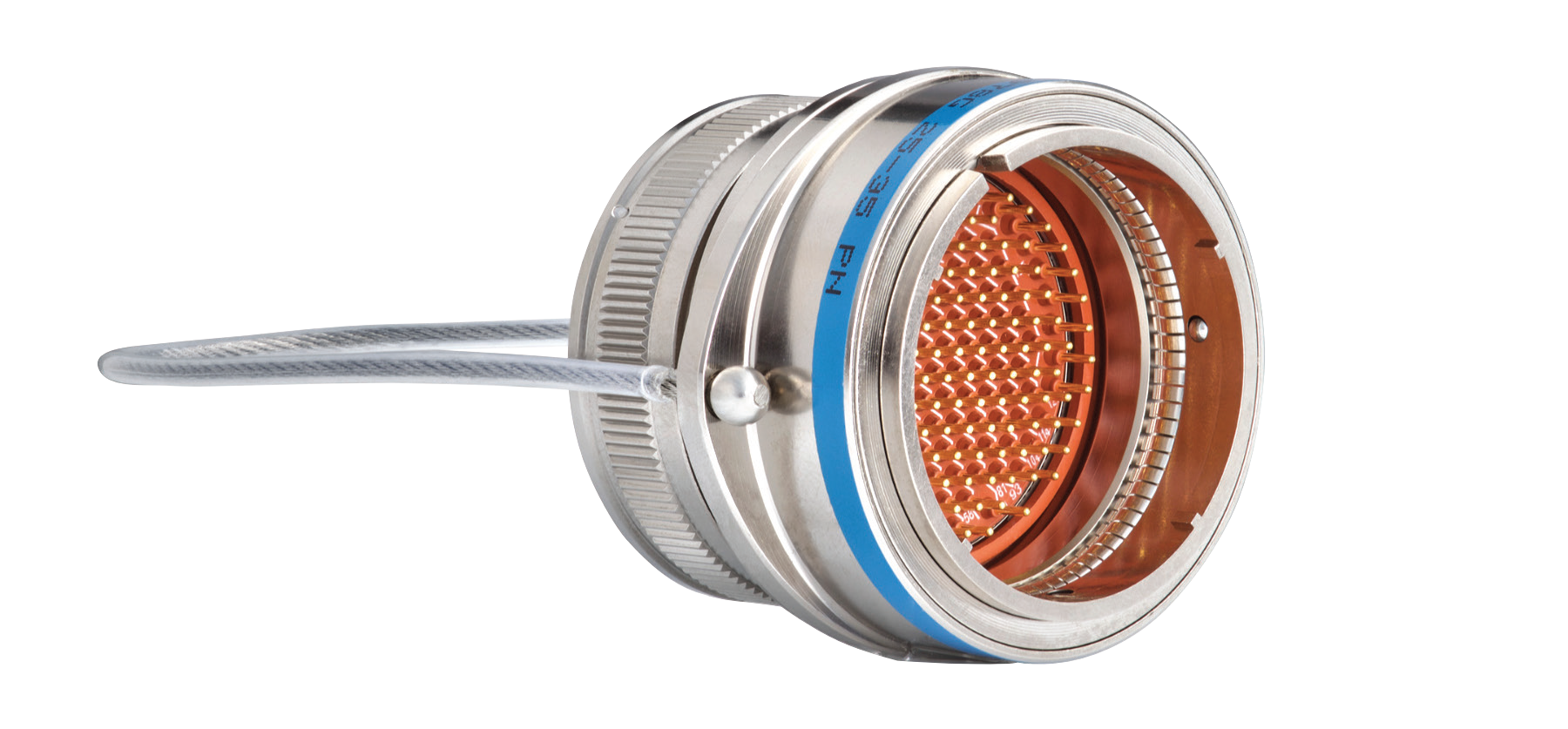 DBAS 9 connector by TE Connectivity
DBAS 9 connector by TE Connectivity
The LEO space race is accelerating to connect the 2.9 billion people worldwide without internet access to each other as well as to the entertainment, healthcare, financial services, and educational opportunities enjoyed by the more privileged parts of the planet.
However, bridging the digital divide with LEO-satellite technology is an ambitious target with many challenges. To make all of this work, design engineers must employ a wide array of advanced connectivity solutions designed to meet mission top priorities.
Top Priority: Low-Latency Global coverage
Fortunately, new antenna technology such as Active Electronically Steered Array (AESA) antennae will provide affordable, quick beam steering with low latency global coverage rather than relying on less efficient, lower reliability mechanical positioning and motored gimbals. These antennae require reliable, high speed data connectors and cable assemblies designed for high-performance and high bandwidth to connect to the satellite data processing computer. TE Connectivity’s STRADA Whisper high speed connector family was designed to help enable scalable solutions to 112 Gbps PAM-4, allowing designers to achieve efficient future system upgrades without costly redesigns.
Also, high speed communication between satellites can be accomplished by secure, optical laser technology to help enable satellites to be used as data relay nodes in a LEO satellite constellation. TE’s ruggedized fiber optic solutions bring the benefits of optical technology to challenging environments, providing high bandwidth, long distance, strong data security, and reliable performance.
Top Priority: Reducing LEO-Satellite Launch Costs
Launch expense is the primary limiting factor for LEO-satellite investors due to the cost of escaping gravity being extremely high. Reusable rockets have the potential to cut the cost of accessing space by as much as a factor of a hundred. However, more reuse cycles mean the designs and materials of electrical interconnects must be extremely robust. At the same time, interconnect size and weight must be minimized to reduce the volume and mass of the launch vehicle.
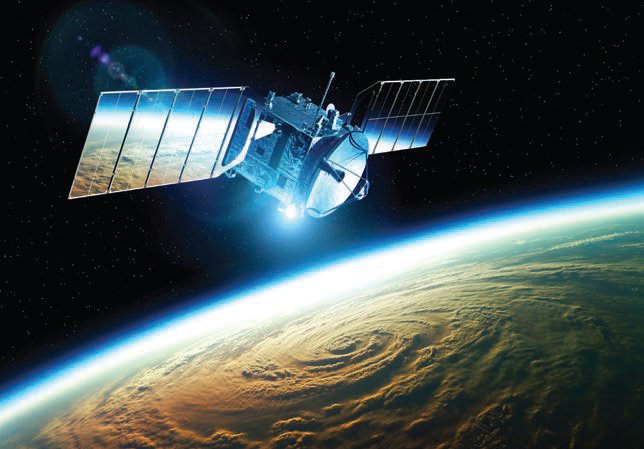
Unfortunately, there is a tradeoff: smaller dimensions make maintaining accurate tolerances more difficult. Low density materials can pose challenges in maintaining strength, latching forces, and resistance to mechanical stress.
That’s why the performance of miniaturized interconnects must be validated by standards defined by NASA, European Space Agency (ESA) (European Cooperation for Space Standardization [ECSS] regulations), Indian Space Research Organisation (ISRO), and Japan Aerospace Exploration Agency (JAXA).
Examples of interconnects that combine high robustness with reduced size and weight include: MTC Connectors, High-density microminiature “D” connectors, nano-miniature connectors featuring tiny 0.025-inch center-to-center contact spacing, and VITA 78 SpaceVPX compliant backplane connectors.
To recover and reuse a launcher requires sensors and avionic control systems to bring it safely to the ground. Robust, high-performance electronics and sensors are needed to maneuver the launcher back to Earth. Inertia, altitude, motion, temperature, are some of the sensors which help to guide the vehicle from payload deployment through a safe landing.
TE offers a broad portfolio of sensor technologies, helping to enable measurement capabilities such as pressure, temperature, position, vibration, photonics, force, and humidity.
Top Priority: Withstanding Extremes Of Vibration, Shock, Acoustics, and Temperature
Vibration in space is minimal; vibration during launch is significant. Side to side (lateral axis) and forward to backward (thrust axis) motion function as sine wave energy. The wave ends when it reaches a static point where a “snapping” action can cause misalignment or breakage in the interconnect’s contact area.
To endure the effects of extreme vibration, acoustics, and shock, many factors must be accounted for, such as component latching and locking mechanisms, wire and weld/solder joint fatigue, potting and insulation materials performance, and more. Testing that reproduces launch events — such as vibration is performed in accordance with appropriate industry standards and customer performance requirements.
Reliable connector technology to survive high vibration environments includes printed circuit board interconnects with a quad-redundant contact systems and the use of card stabilizing guidance hardware that increases the stability of the mated connector interface. For stage separation and umbilical connectors, an AS81703-compliant circular design provides a rugged, push-on/pull-off solution for power, signal, and high speed shielded contact arrangements.
Temperatures in the vacuum of space is 2.725 Kelvin (-454.72°F/-270.4°C). However, onboard systems in LEO satellites operate within a -65°C to 125°C range, depending on orbit height, solar heat gain moderated by satellite spin and the heat generated by electronics. Propulsion system components, external latches, sensors, and solar panels are subject to more extreme temperatures.
Thermal cycling and high peak and low cryogenic temperatures stress metal, glass, and polymer materials that aggravate minor imperfections in interconnects, compromising strength and degrading performance. To verify performance at temperature peaks and thermal cycling, interconnect materials can be subjected to MIL-STD 810 temperature testing and other qualification procedures.
Technology solutions include environmentally sealed, hermetically sealed or EMI shielded circular connectors with an operating temperature range from -55°C to +200°C. Micro-D nano- and micro- miniature connectors are available with space-worthy construction suitable in a -200˚C to +200˚C temperature range. Cryogenic connectors are available in specific variants for temperatures down to -270°C.
Top Priority: Reliability Over The Satellite’s Life Span
Orbital path decay due to gravity, atmospheric drag, and space debris requires LEO satellites to maneuver and adjust mirrors to maintain node-to-node communications and control within the LEO constellation. Intense data processing is employed in (ISL) technology. Embedded optical transceivers used in optical intersatellite links (ISLs) support the high data rates needed for node-to-node transfers. But as with any component operating in low-earth orbit, space-grade optical transceivers must be designed to withstand bombardment by heavy ions, protons, and gamma rays.
Electrostatic discharge (ESD) is reportedly responsible for 54% of spacecraft anomalies/failures. A static charge can be created as charged particles impact wires and cables. A sudden discharge can damage connected logic circuits, electronic instruments, and computer chips. Solutions include employing metallic shielding in cables and connectors to create a path that promotes electron flow to dissipate the charge.
Another solution is to use ethylene tetrafluoroethylene (ETFE) jackets incorporating disordered carbon black molecules or nano-carbon cross-linked ETFE, the latter providing the same class of ESD control as foil-wrapped wire.
Outgassing can be a problem when the polymers in connector inserts, seals, adhesives, or potting materials release gas due to the vacuum of space or high temperatures. The released gases can condense on and contaminate sensitive surfaces, eventually degrading the performance of charge-coupled-device (CCD) sensors in satellites, thermal radiators, or solar cells.
The solution here is relatively simple — employ inorganic materials, such as aluminum with an electroless nickel finish in connector shells that are immune from outgassing. Materials can also be selected that meet NASA requirements for low outgassing in thermal oven bakeout testing.
Top Priority: Make Every Connection Count To Ensure Mission Success
LEO satellite missions are rapidly expanding in quantity and quality to extend the benefits of lower-latency, higher-bandwidth networks around the world. However, the economic, weight optimization, reliability, and scalability demands are daunting.
Designers benefit by working with a manufacturer who has application and technical expertise in a diverse range of interconnect technologies and decades of experience in the aerospace industry.

Matthew McAlonis
“By making every electronic, optical, and sensor connection count, new generation of LEO satellite constellations will reach the goal of interconnecting the entire globe in just a few years into the future,” said TE Connectivity’s Matthew McAlonis.
Autor Matthew McAlonis is the Technical Fellow/Global leader of Engineering Autor Matthew McAlonis is the Technical Fellow/Global leader of Engine — Aerospace Defense and Marine Business Unit at TE Connectivity ( TE).


